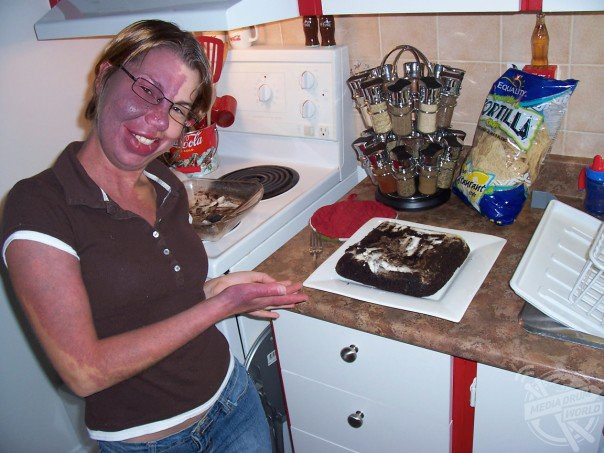By Alyce Collins
THIS BRAVE mother has endured a lifetime of cruel stares and was even branded ‘TOMATO FACE’ by bullies leaving her suicidal until she learned to love herself, but now she is calling time and urging people to ASK strangers about their birthmarks instead of STARING.
Administrative assistant, Michelle Daoust (38) from Ontario, Canada, was born with a birthmark which spans across her 75 per cent of her face, half her neck, her right arm and hand and 75 per cent of her back.
Michelle was diagnosed with Sturge-Weber Syndrome (SWS) at birth, a condition very few people were aware of at the time. At eight months old, it was discovered that SWS had caused glaucoma in Michelle’s right eye, making her 80 per cent blind.
The problems continued as Michelle suffered a terrible seizure at 18 months old which left her learning how to walk and talk again. The seizures became a frequent occurrence for the following two years as it was discovered that Michelle’s birthmark had led to epilepsy.
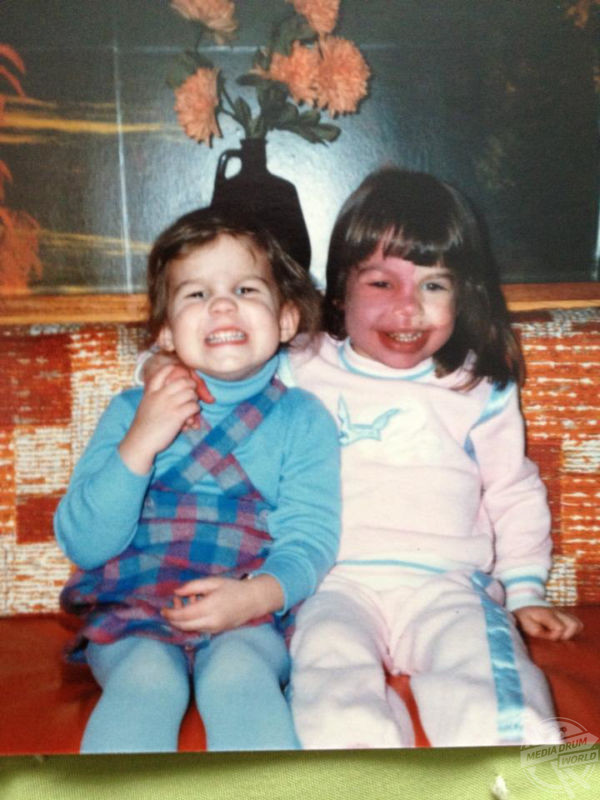
Michelle recounts her struggles through growing up which saw her attend frequent hospital appointments and receiving constant teasing at school for looking different. This grew more difficult throughout her teens when Michelle’s confidence plummeted because of bullying.
Questions Michelle was often cruelly asked were whether she had eaten a red Crayola, if she had drunk too much Kool-Aid or if she was in a fire. On top of this, Michelle was also frequently called ‘tomato face’. The taunting dramatically impacted Michelle, who even tried to take her own life when she was 16.
At the age of 16, Michelle’s friend asked her to a school dance but told her not to cover her face with makeup, telling her that if people refused to accept her, then they didn’t deserve the pleasure of knowing her. This changed Michelle’s perspective on her birthmark, and she has since learned to accept it and is grateful that it taught her courage and strength.
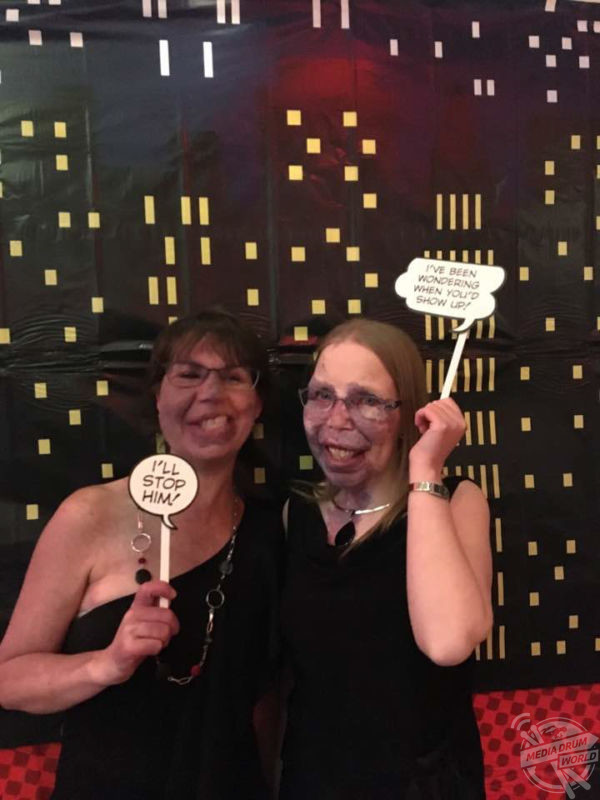
“My parents were very surprised when I was born as they had no clue that I would be born with a birthmark but they loved me as if there was nothing different about me,” said Michelle.
“My birthmark covers three quarters of my face, half my neck, all along my right arm and right hand as well as three quarters of my back. Though unseen, it also affects the inside of mouth, my ears, and of course my brain.
“The physician who delivered me was familiar with the condition and was able to diagnose it right away. Then I was diagnosed with glaucoma in my right eye at the age of eight months, making me 80 per cent blind in that eye.
“At 18 months old, I had such a bad seizure that I had to relearn how to walk and talk. I was having seizures on a regular basis up until the age of three-and-a-half years old, then I became seizure free until I was 14.
“Growing up wasn’t easy as I was in and out of hospitals all the time. I started receiving laser treatments at the age of 10 and at the age of 14 I became the second person in Canada to receive lip reduction surgery.
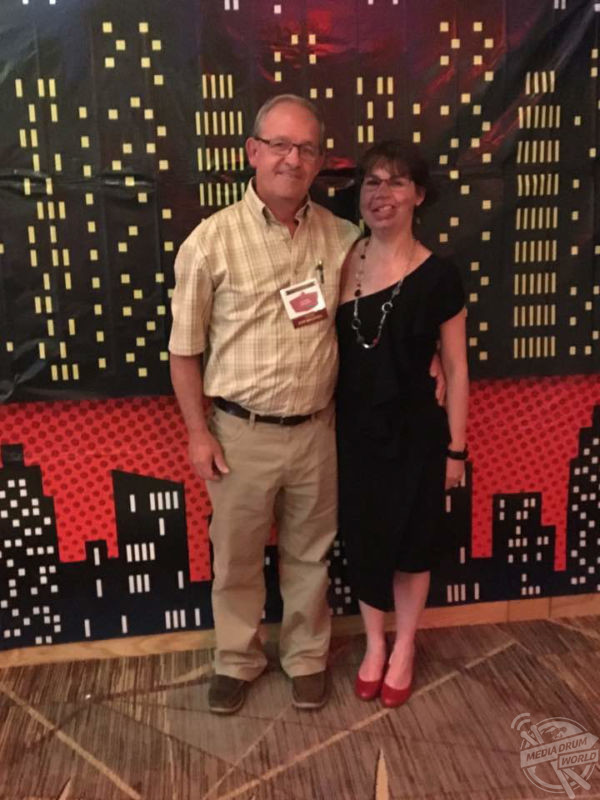
“It was a two-day procedure. The first day took 18 hours as they had to block all blood vessels from my hip to my mouth. The second day was the actual surgery, which took approximately 13 hours.
“As a child it didn’t affect my confidence too much, but it affected me more in my teens. My birthmark had a severe impact on my mental health as a teenager as I even tried to commit suicide. Now as an adult, I take things in my stride and I think in my head ‘if you don’t like me, don’t look at me’. I would rather people ask about my birthmark than just stare.
“The most common comments I received as a teenager were ‘tomato face’, or ‘did you drink too much Kool-Aid?’, ‘did you eat the red Crayola?’, or ‘were you in a fire?’.
“When I started working for the dermatology department at my local hospital, someone told me I must have the most severe case of psoriasis they’d ever seen.
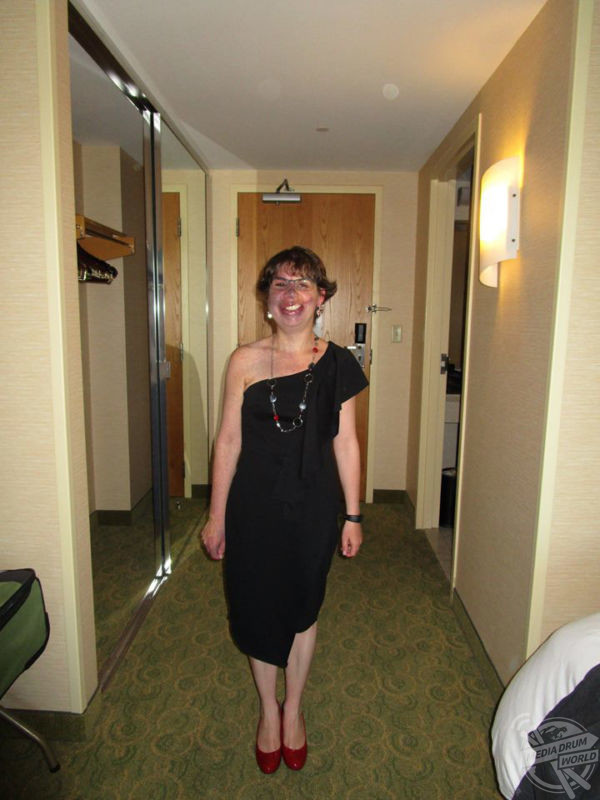
“When we were in school, my best friend wanted to take me to a school dance. I wanted to put on special makeup to hide the birthmark and he said that if I put makeup on, he wouldn’t take me. He told me, ‘if people cannot accept you for you, then they don’t deserve to know you’.
“My perspective started to change when I met my husband. It was the sweetest, thing. It was the first time we held hands and he took me in my right hand, which is my birthmark hand. That’s when I knew he didn’t care.”
Michelle still has people stare at her in public, but she is more comfortable with herself now and most of the time she can block it out. Unfortunately, Michelle’s daughters, Cassandra (13) and Camille (10) have been subject to cruel taunts for the way their mother looks, which Michelle admits is difficult to cope with.
Michelle hopes to encourage more people to ask about birthmarks or unknown conditions, rather than stare at the person.
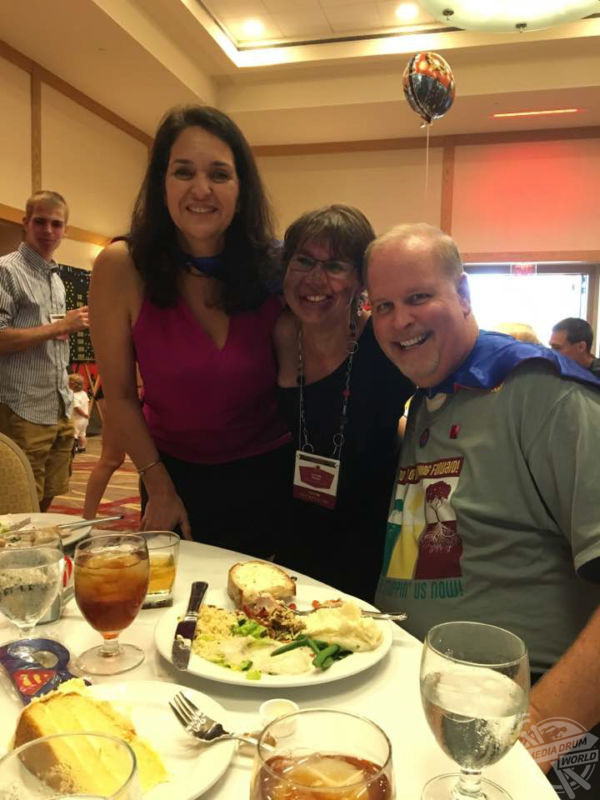
“People still stare at me now since humans are curious in nature. It’s only natural, especially with kids. When it comes to adults staring, I still have a hard time with that,” said Michelle.
“Growing up with SWS taught me that you have to be a fighter to survive, and to be your own self-advocate. I’ve gone from not understanding the condition as a child, to hating the condition as a teen, to now loving it and learning to accept its challenges as an adult.
“I didn’t really have to explain my condition to my kids as we have a very open relationship. I answer any questions they have happily. I think it’s sad that they are the ones being bullied because of the way their mum looks though.
“I want to encourage others not to shy away from the unknown, if you see someone different, ask them questions – don’t be shy. I’m sure that person will be glad to share their story with you. If we all looked the same, life would be boring.”

